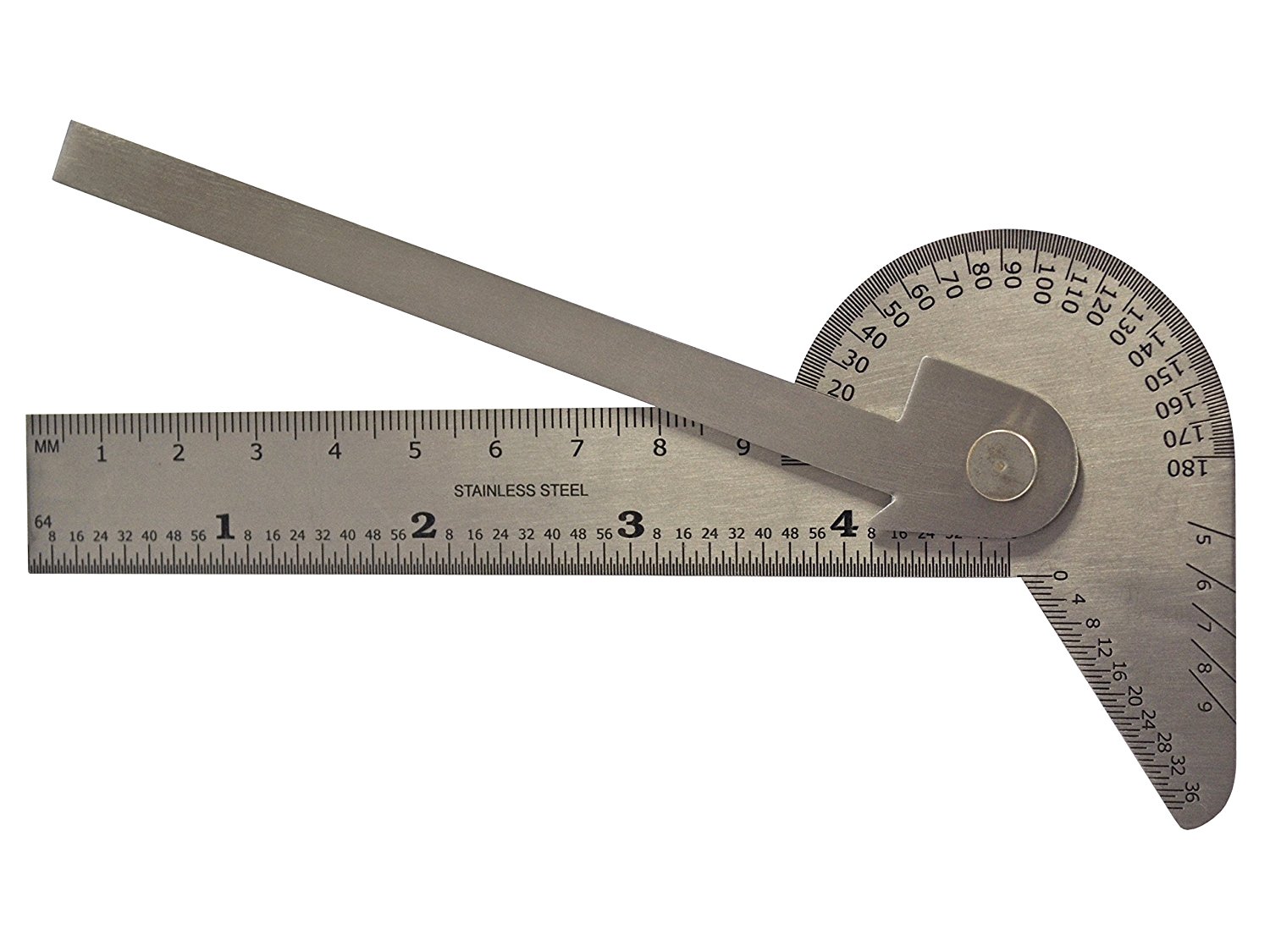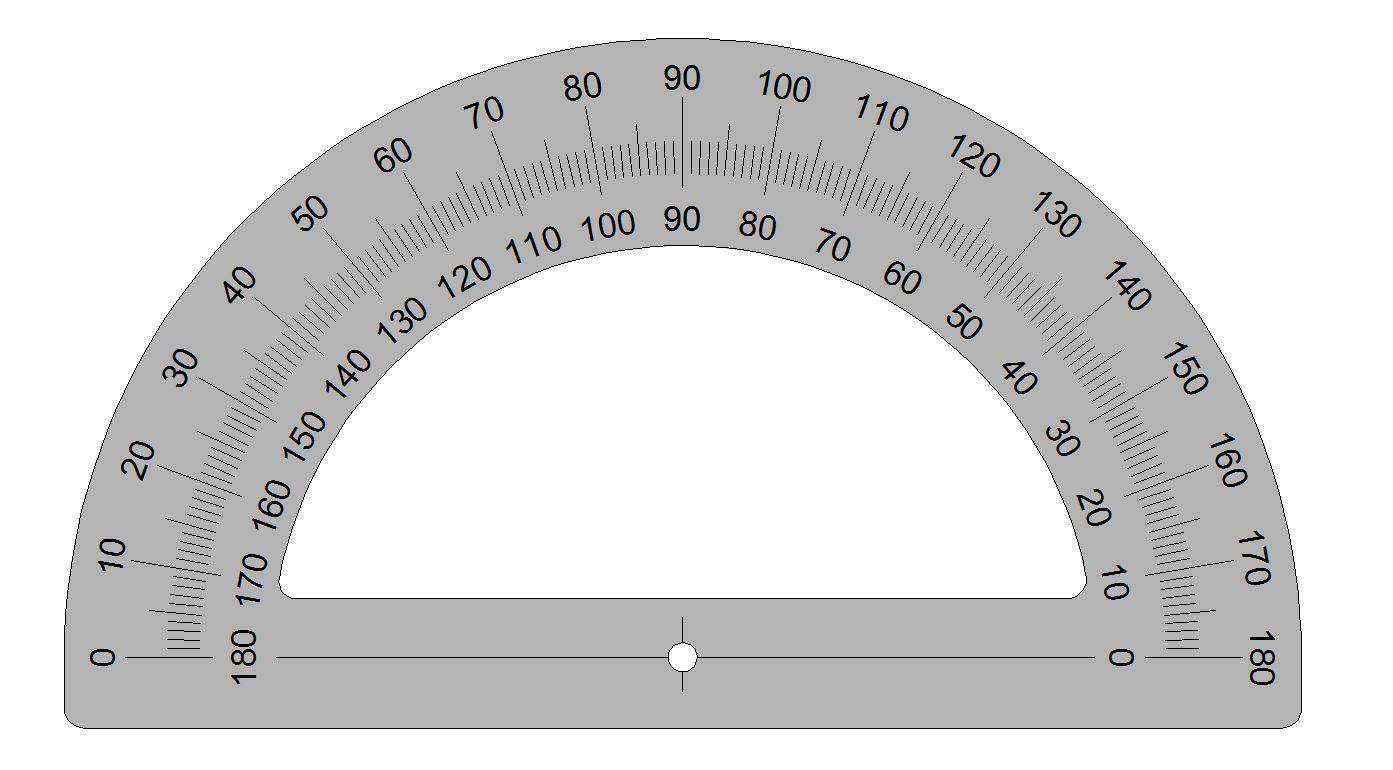

(Steps 3 and 4 are Optional but recommended for better practice) ” If successful it will show the version as like in below screenshot. Step 2) Check the installation and version using “ Protractor –version.
#Protractor images install
The above command will download the necessary files and install Protractor on the client system. Step 1) Open command prompt and type “npm install –g protractor” and hit Enter. You can find this installation steps in the following link.

NPM (Node.js)NodeJS Installation, we need to install NodeJS to install Protractor.SeleniumYou can find the Selenium Installation steps in the following links, ( ).While most frameworks focus on conducting unit tests for Angular JS applications, Protractor focuses on testing the actual functionality of an application.īefore we start Protractor, we need to install the following: The protractor is an end to end testing framework for Angular JS based applications. So, Protractor on the top of Selenium can handle and controls those attributes in Web Applications. Selenium is not able to identify those web elements using Selenium code. which are not included in Selenium locators. Why can’t we find Angular JS web elements using Normal Selenium Web driver?Īngular JS applications have some extra HTML attributes like ng-repeater, ng-controller, ng-model., etc.
#Protractor images code
These applications use less and flexible code compared with normal Web Applications. It is mainly used for dynamic web applications. Ok, fine now let’s discuss what exactly is an AngularJS application?ĪngularJS applications are Web Applications which uses extended HTML’s syntax to express web application components. Protractor is a NodeJS program which is written in JavaScript and runs with Node to identify the web elements in AngularJS applications, and it also uses WebDriver to control the browser with user actions. Sometimes it is difficult to capture the web elements in AngularJS applications using JUnit or Selenium WebDriver. In such case, it becomes a difficult task for Testers to test the web application for various scenarios. As the applications grow, JavaScript also increases in size and complexity. JavaScript is used in almost all web applications.

Rotate the protractor and line the bottom edge up between the vertex and the small dot. Now, find the hash mark on the protractor that corresponds with the angle you want to draw, and draw a small dot outside of it. Then, line the bottom edge of the protractor up with the vertex and draw a straight line along it. Draw a small dot in the hole on the protractor to mark the vertex. To draw an angle with a protractor, first place the center point along the bottom edge of the protractor where you want the vertex of the angle to be. If the angle is facing left, use the top row of numbers. If the angle is facing to the right, use the bottom row of numbers on the protractor. Follow the other leg of the angle up to the protractor’s arc to see what number it intersects with and find the degree of the angle. Line up the bottom edge of the protractor with one leg of the angle. To measure angles with a protractor, first place the center point along the bottom edge of the protractor over the vertex of the angle you're measuring. You can use a protractor to measure and draw angles.


 0 kommentar(er)
0 kommentar(er)
